Search
SDSU Extension to host Wheat Walks in June
May 13, 2021
The 2021 Wheat Walks are slated for June 2 and 3 and will be held near Pierre, Clark and Mount Vernon.
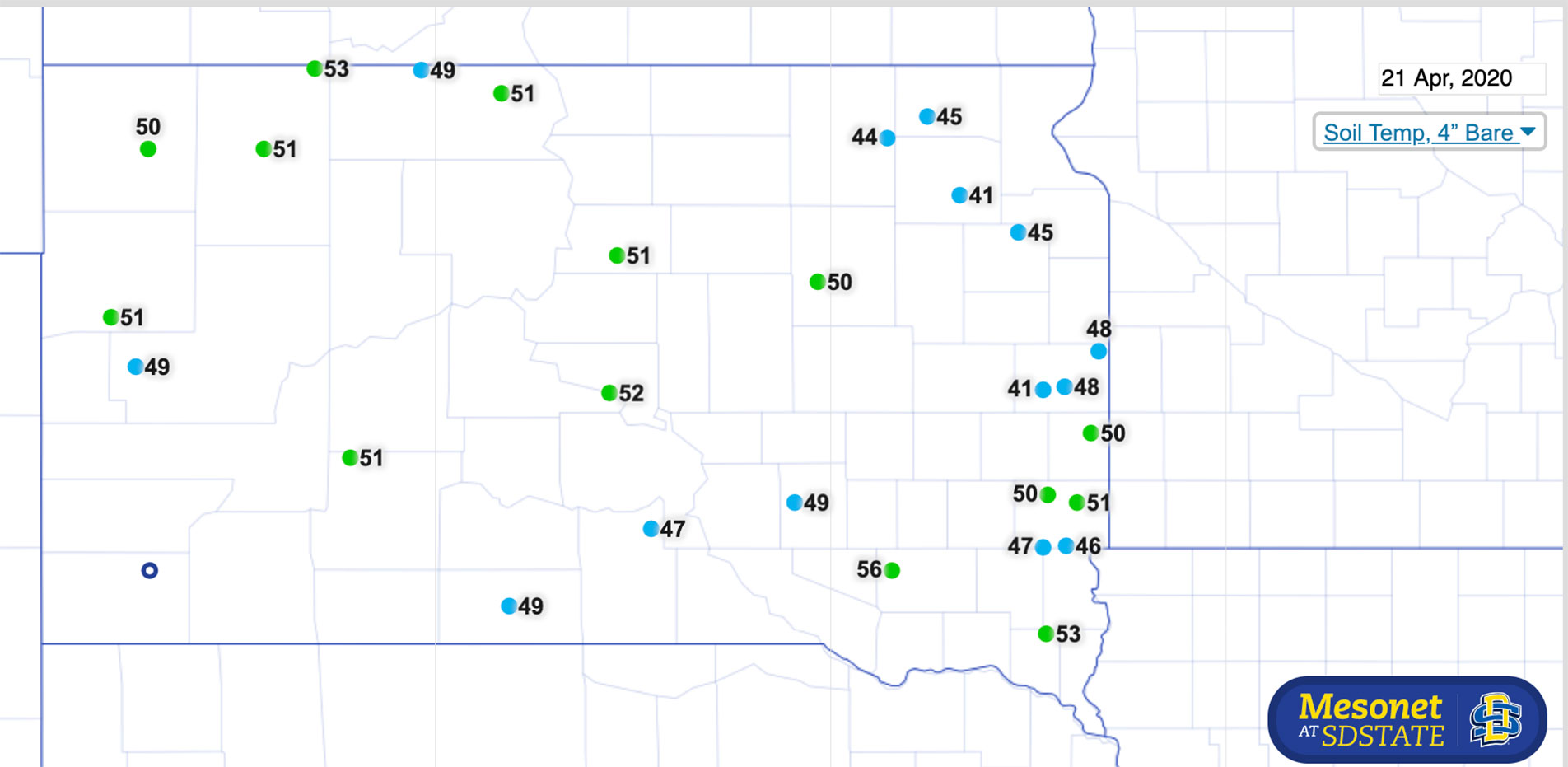
Soil Temperature for Planting Spring Crops
Soil temperature is an important consideration for deciding when to begin planting spring crops. If producers in South Dakota would like a quick reference for soil temperatures in their area, the SD Mesonet network measures soil temperature at several weather stations throughout the state.
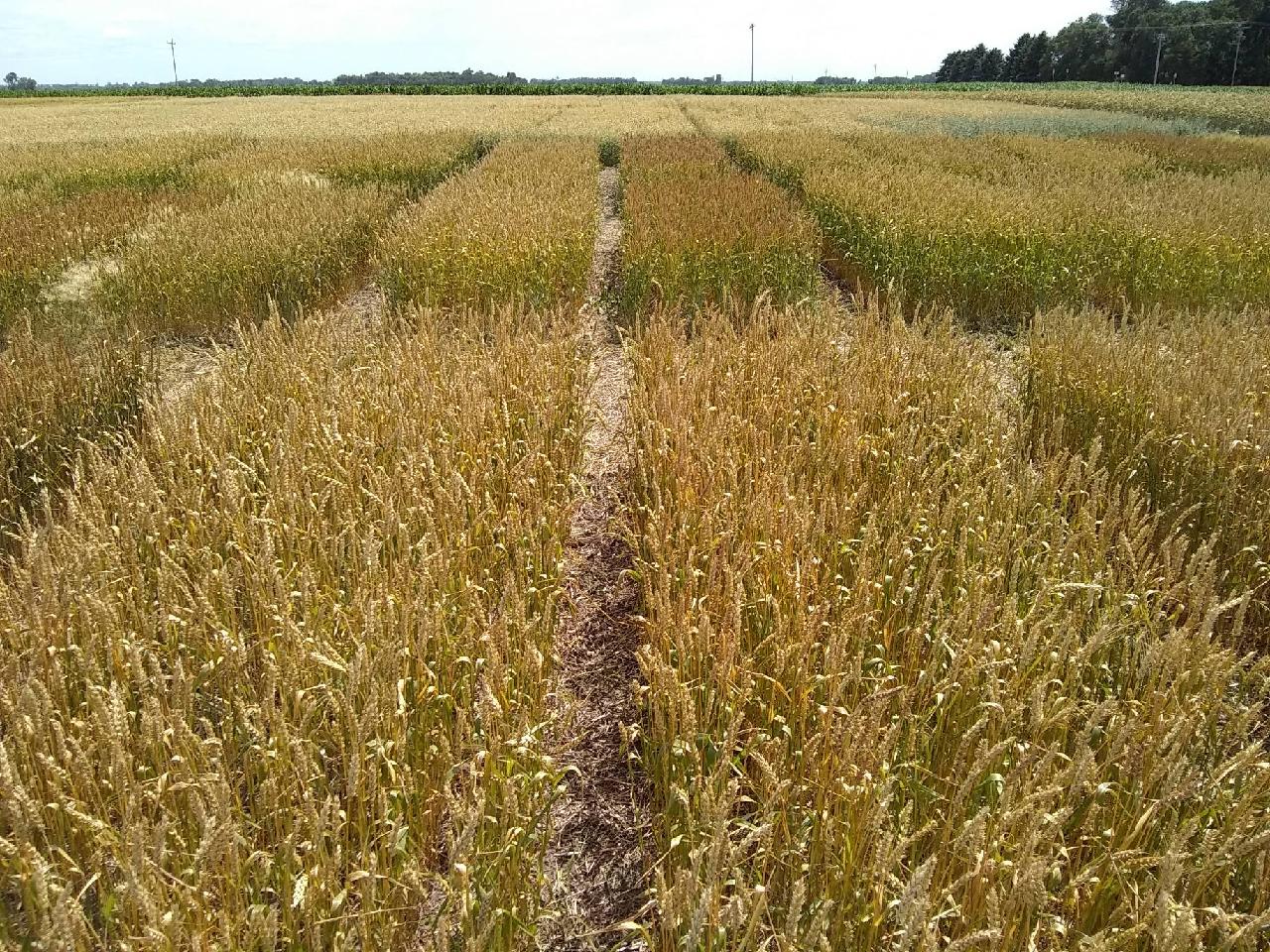
Join SDSU Extension for two days of rye production, usage training
January 30, 2023
South Dakota State University Extension will host two days of Rye Production and Utilization Workshops on Feb. 15-16 in two South Dakota communities.
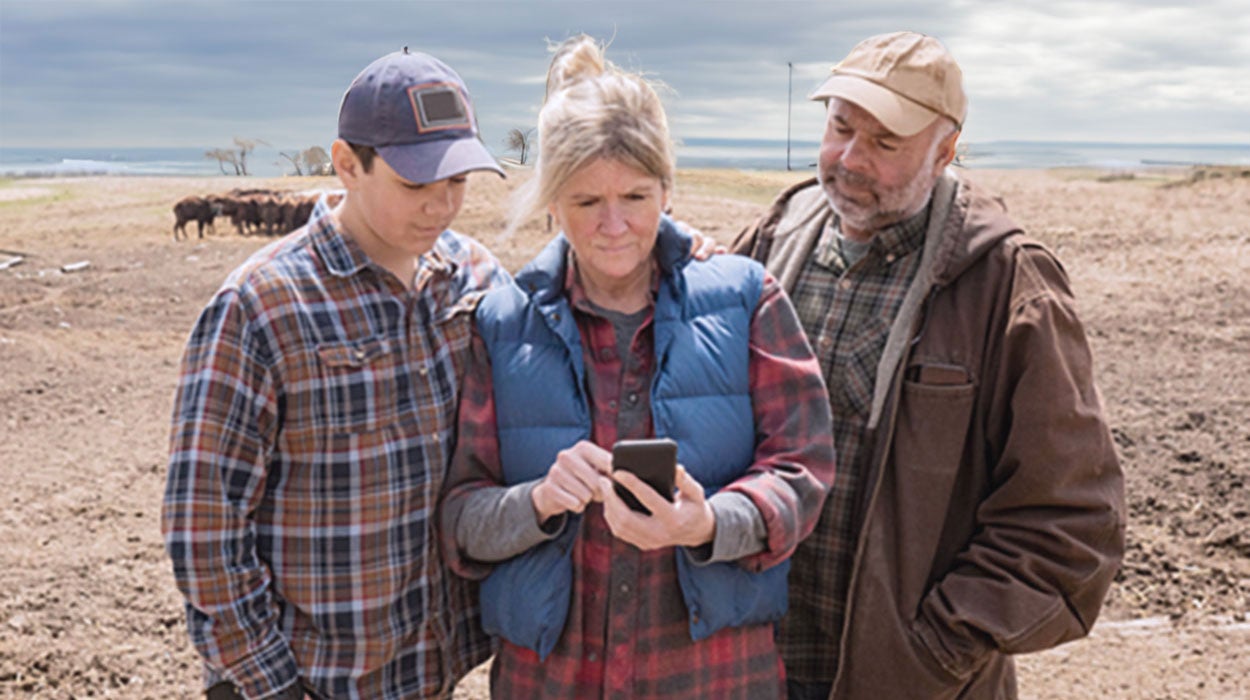
Feed Costs Still a Large Percentage of the Cow Budget
Monitoring, managing, and minimizing feed costs while maintaining a balanced ration is one way to maximize profit potential in the cow herd. Learn some expert tips for creating a least-cost ration.
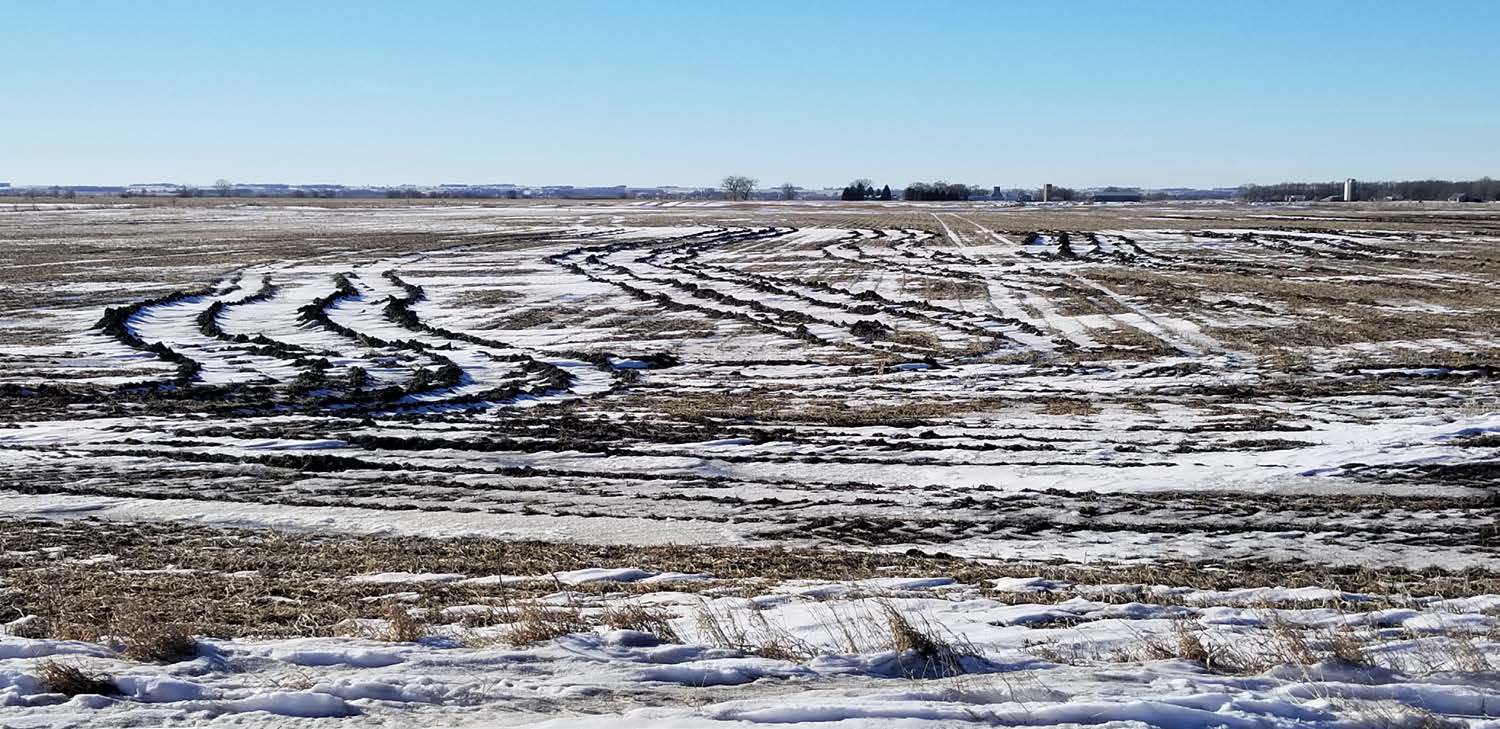
Stuck in a Rut: How to Deal With Field Ruts this Spring
As spring approaches, planting comes to mind, and for many, this means deciding what to do about last fall’s field ruts.

Pre-Plant Disease Management Considerations
If the forecast holds true, it looks like it is going to be another year of excessive soil moisture and possible flooding come this spring. The increased level of soil moisture has implications with regards to plant stand establishment as well as root rot and nematode infestations.
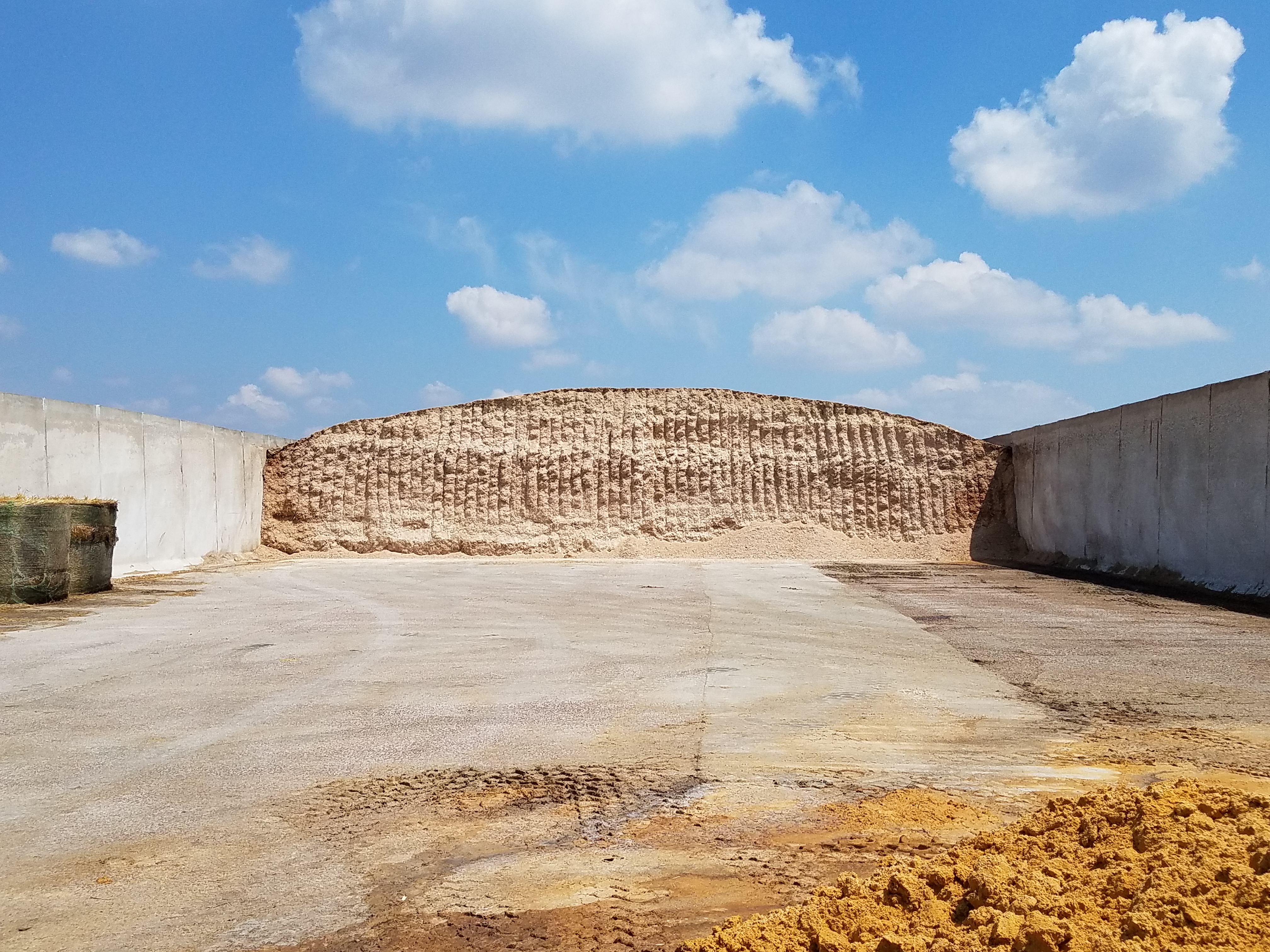
Harvesting High-Moisture Corn and Earlage
Producers who raise both corn and cattle have the option of harvesting some or all of their corn acres as a high-moisture grain crop to be marketed through cattle. There are several advantages to harvesting corn earlier at a high-moisture content.
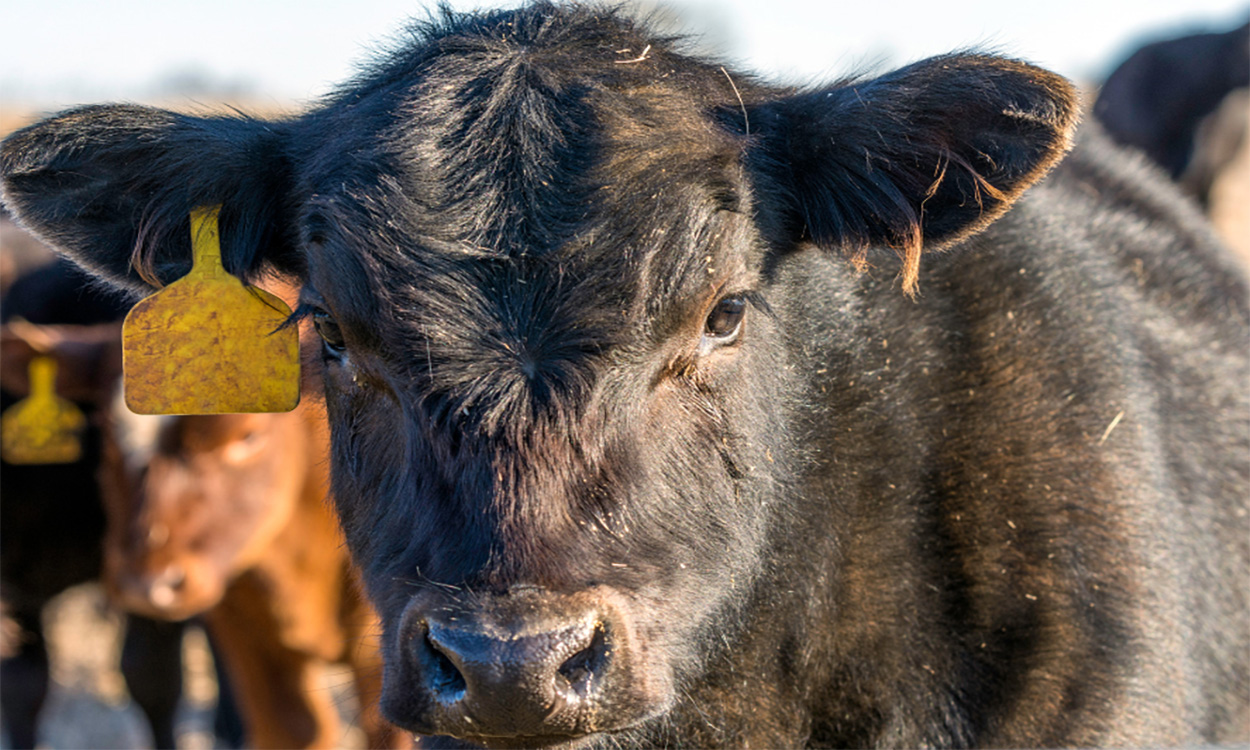
Research Update: Supplement Delivery Methods for Weaned Calves
When transitioning calves through weaning, it is critical to ensure that they consume nutrients to support their immune system and to set them up for rapid, efficient gains. But what supplement delivery methods work best?

Sustainable Agriculture Curriculum Workshop Postponed
August 16, 2021
The Sustainable Agriculture Curriculum Workshop scheduled for Aug. 19 at the South Dakota State University Extension Pierre Regional Center has been postponed.
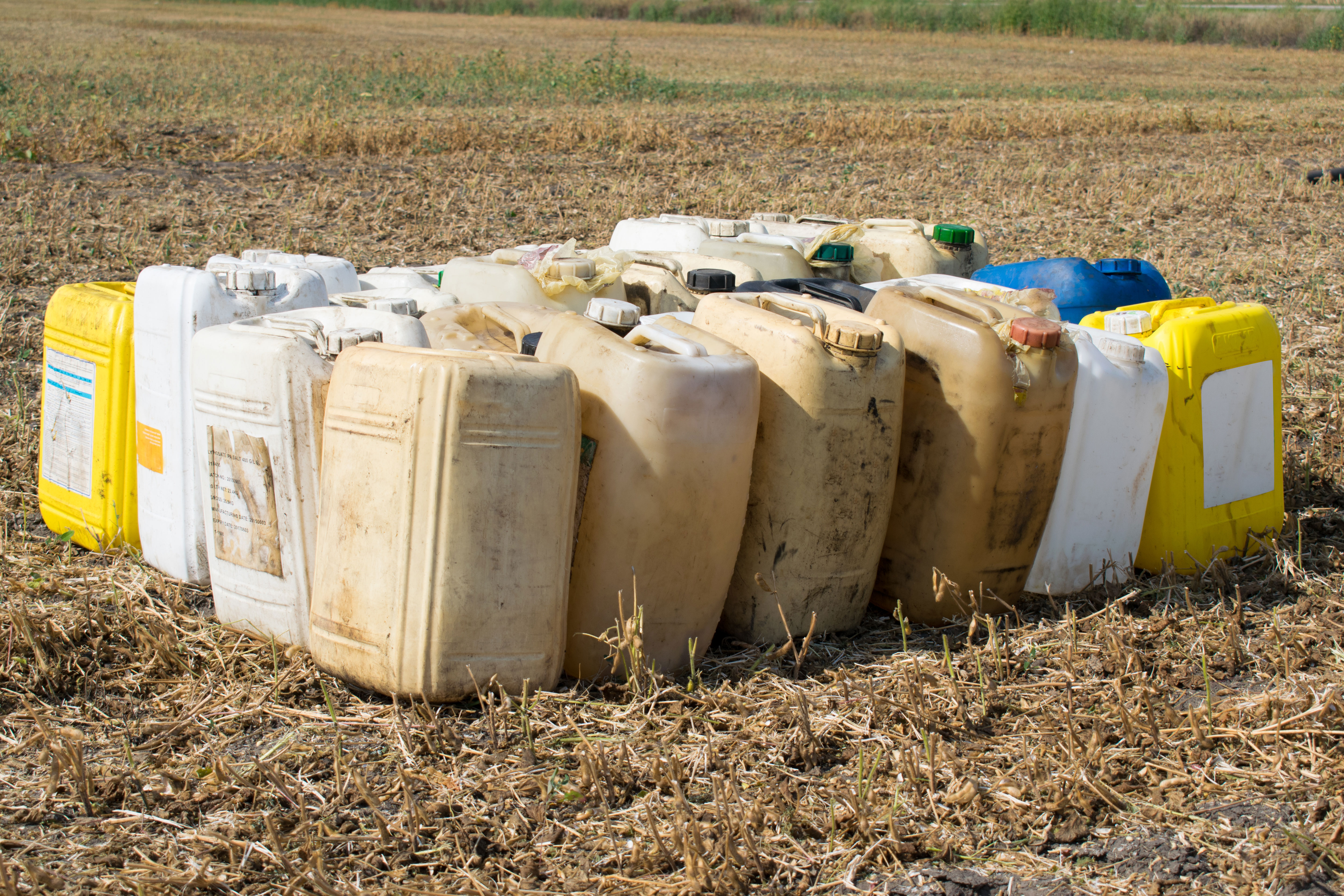
What to Do With Unusable Home and Garden Pesticides
As a gardener or homeowner, you may be wondering what you can do with your leftover pesticide products (including herbicides, insecticides, and fungicides), or maybe you bought a new home and the garage or basement is full of mysterious containers with no labels. If products are stored in garages or other areas with a lot of temperature changes, these products may become entirely unusable. So what to do?